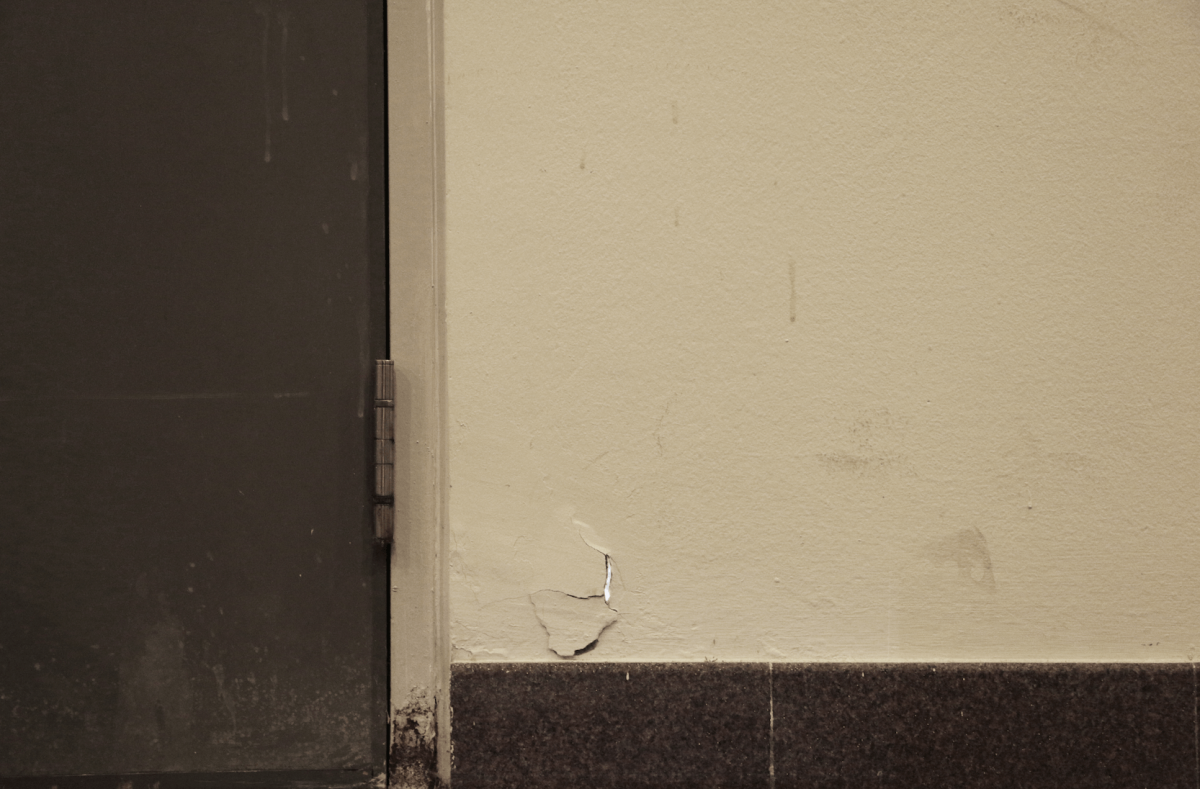Cracks tell stories.
Often marking their territory on old buildings, these tiny, unnoticed features are often seen as defects. However, they have stood by the test of time and witnessed the changes around them discreetly.
Based on a crack I observed on the CHC entrance, I decided that I would like to do something within cracks. The CHC has a turbulent period in its story that many prefer not to talk about in detail, as it is a sensitive issue and a dark part of Singapore’s history. Hence, the crack – similar to this period of our history – are things that we want to hide and cover up as much as possible. The contents within the crack are abstract textures that represent these turbulent times.
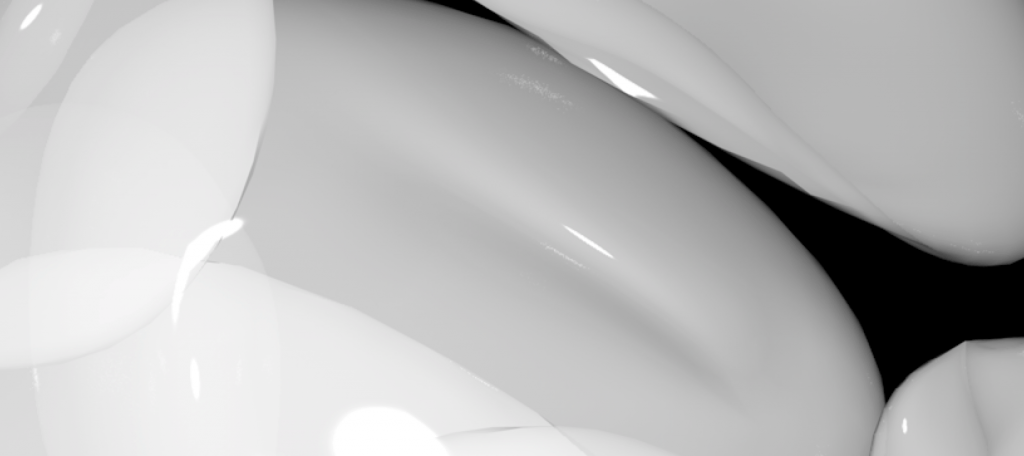
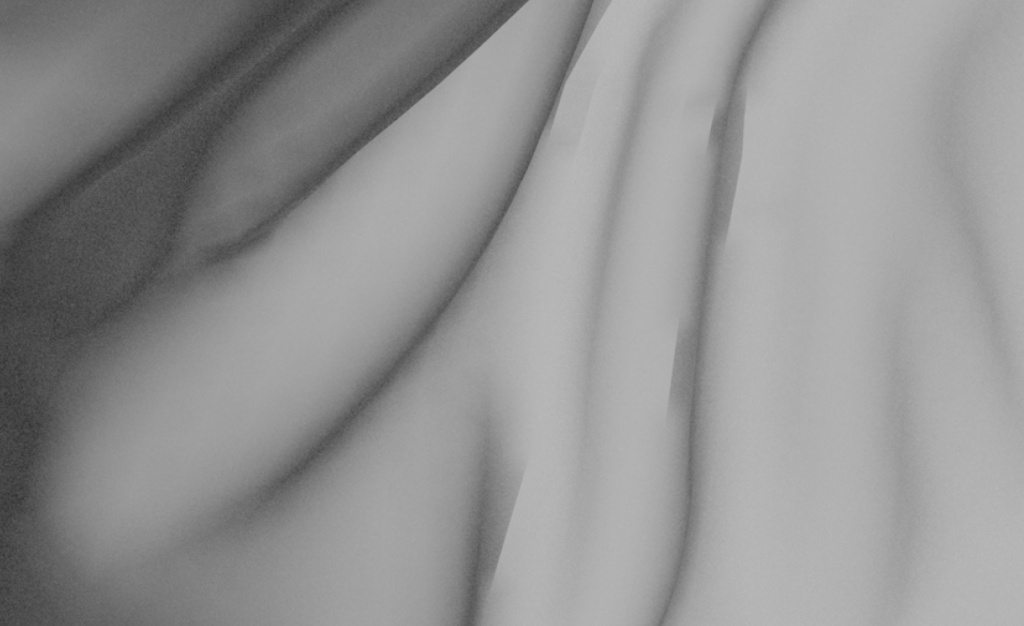
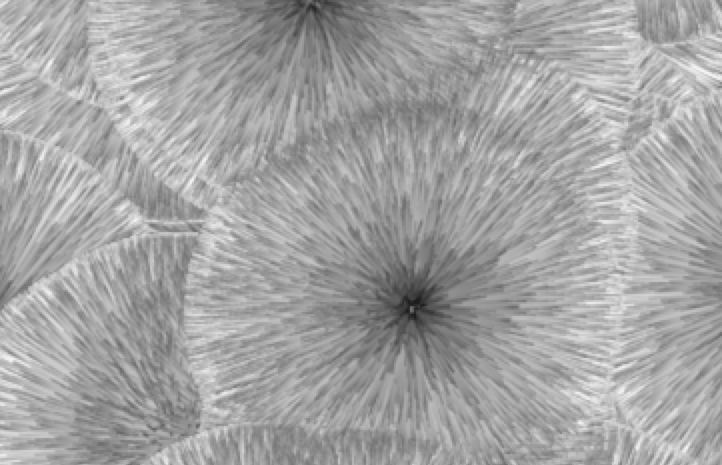
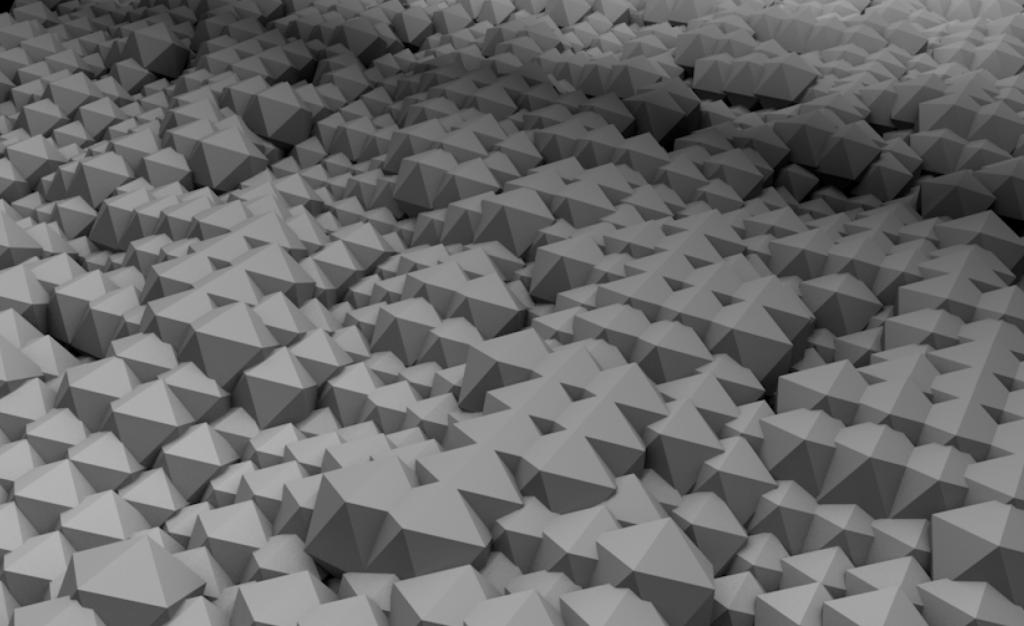 The abstract textures were created with Cinema 4D, a 3D modelling and motion graphic software. As I initially wanted to create textures that appeared as though they were emerging from the wall and towards the viewer, I need to use a powerful 3D modelling software and not After Effects. I have never had any prior experience dealing with C4D before, but I thought it would be a good opportunity to throw myself into the deep end and see how things go (with a lot of reliance on online tutorials of course).
The abstract textures were created with Cinema 4D, a 3D modelling and motion graphic software. As I initially wanted to create textures that appeared as though they were emerging from the wall and towards the viewer, I need to use a powerful 3D modelling software and not After Effects. I have never had any prior experience dealing with C4D before, but I thought it would be a good opportunity to throw myself into the deep end and see how things go (with a lot of reliance on online tutorials of course).
To map into the crack accurately, I thought it would work if I took a photo of it and drew it out on illustrator before importing it into C4D. Unfortunately, there were many things that I failed to take into consideration, one of which was the distance of the projector from the crack and parts of the surface that would have actually been projected on. As a result, the “projection mapping” wasn’t really mapping onto the crack anymore. Another issue that surfaced was with the size of the crack to export. As I didn’t know the exact dimensions of the crack, my content was built based on estimations – a really bad move! What I did not realise was that the crack was soooooo tiny that even pulling my Quicktime window to the smallest size was still too big for it.
I wanted to try out 2 different kinds of textures – one that popped towards the viewer, and the other which looks like it was hidden inside the wall.


 Out of curiosity, I tried playing a video of the animations hidden behind the wall. It looked as though another huge crack had appeared on the wall, and looked like a gateway to another realm! I also realised that it was quite difficult to achieve the “3D” popping out effect due to irregularities of the surface and the crack, which made it really obvious that it was a projection.
Out of curiosity, I tried playing a video of the animations hidden behind the wall. It looked as though another huge crack had appeared on the wall, and looked like a gateway to another realm! I also realised that it was quite difficult to achieve the “3D” popping out effect due to irregularities of the surface and the crack, which made it really obvious that it was a projection.
Thanks to Shah who introduced the VPT8 software that he was using for his work, I was able to (finally!) map the irregular edges of the crack rather accurately to achieve my intended outcome. The software was really simple to use, and did not require a steep learning curve. I also learnt that it can be paired with Arduino and MaxMSP – meaning that interactive projection mapping is actually possible!!
With that being said, I would love for this project to be interactive, whereby the projection appears for a while when someone passes by. I would also like to improve on creating the abstract textures to be something that is more visible, instead of looking like flashes of light and perhaps a material and colour that is more blended in with the wall surface, as well as taking into consideration the lighting of the space. In the most ideal situation, I would like to find way in which the technical components can be well hidden such that nothing would bring attention / suggest the existence of the projection in the crack. The work should also not have an accompanying soundtrack since the intention was to have this projection work be as discreet as possible, and is something that will catch the eye of passersby should they notice it.
Producing this work has made me more aware of the cracks and holes on the walls of spaces, wondering and imagining what kind of stories they hide behind those layers of paint and cement. Taking on this project has changed my perception of projection mapping as something that has to be large-scale, eye-catching and prominent. More importantly, I hope this work has done its part to inspire others to appreciate these tiny details that we tend to overlook, and to think about the potential stories that are hidden in the spaces we are in everyday!

